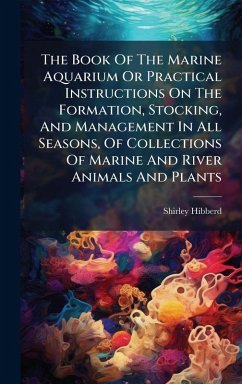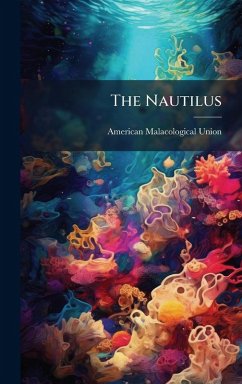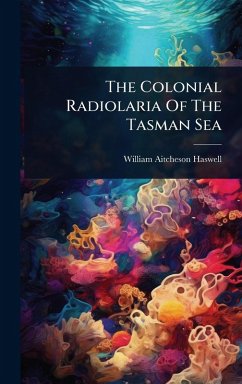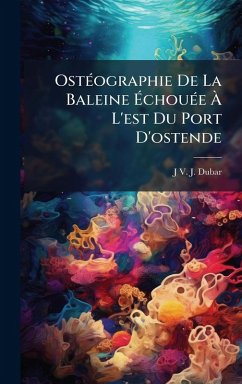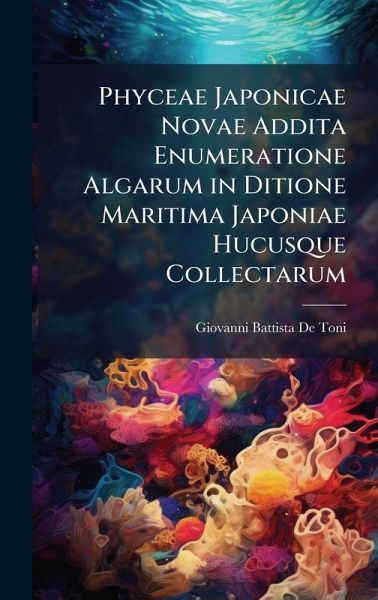
Phyceae Japonicae Novae Addita Enumeratione Algarum in Ditione Maritima Japoniae Hucusque Collectarum
Versandkostenfrei!
Versandfertig in über 4 Wochen
28,99 €
inkl. MwSt.
Weitere Ausgaben:

PAYBACK Punkte
14 °P sammeln!
Phyceae Japonicae Novae presents a detailed enumeration of marine algae found in Japanese waters and surrounding islands. Authored by Giovanni Battista De Toni, this historical work, originally published in 1895, offers valuable insights into the marine flora of Japan during that period. The book includes descriptions and illustrations of several new species, contributing significantly to the field of marine biology. This edition provides a fascinating glimpse into the early studies of Japanese marine ecosystems and the pioneering efforts to catalog and understand its diverse algal life. It re...
Phyceae Japonicae Novae presents a detailed enumeration of marine algae found in Japanese waters and surrounding islands. Authored by Giovanni Battista De Toni, this historical work, originally published in 1895, offers valuable insights into the marine flora of Japan during that period. The book includes descriptions and illustrations of several new species, contributing significantly to the field of marine biology. This edition provides a fascinating glimpse into the early studies of Japanese marine ecosystems and the pioneering efforts to catalog and understand its diverse algal life. It remains a significant resource for researchers, historians of science, and anyone interested in the historical biogeography of marine organisms. This work has been selected by scholars as being culturally important, and is part of the knowledge base of civilization as we know it. This work was reproduced from the original artifact, and remains as true to the original work as possible. Therefore, you will see the original copyright references, library stamps (as most of these works have been housed in our most important libraries around the world), and other notations in the work. This work is in the public domain in the United States of America, and possibly other nations. Within the United States, you may freely copy and distribute this work, as no entity (individual or corporate) has a copyright on the body of the work. As a reproduction of a historical artifact, this work may contain missing or blurred pages, poor pictures, errant marks, etc. Scholars believe, and we concur, that this work is important enough to be preserved, reproduced, and made generally available to the public. We appreciate your support of the preservation process, and thank you for being an important part of keeping this knowledge alive and relevant.




